Do I still need to disinfect surfaces during COVID-19 and beyond?
News reports are starting to trickle out suggesting disinfecting may not be necessary to slow the spread of COVID-19 or other contagious illnesses.
Some reports have even suggested that the frequent use of disinfectants could make pathogens more resistant. Further, new viral variants might be resistant to regular disinfectants? Is this true?…Please Read on.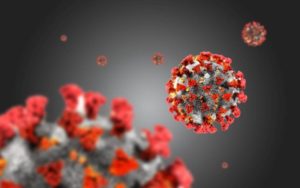
FIGHTING THE GOOD FIGHT
There are good reasons why we should keep up the good fight when it comes to sanitation and disinfecting surfaces long after the pandemic ends.
Let’s start by addressing the assertion that using disinfectants is going to create more resistant pathogens. While we have all heard of “Super Bugs” like MRSA and others, it is important to understand these Super Bugs are essentially bacterial pathogens that have become resistant to regular anti-biotic treatments used to treate infected patients.
The quote below from the EPA puts this into perspective:
“Frequent disinfecting is not expected to make viral pathogens more resistant. The evolution of Super Bugs are tied to the over prescription of antibiotics to treat various illnesses.”
What about the new variants of the corona virus that causes COVID-19. While the variants can be more contagious and produce more severe illness, disinfectants will still be effective on the variants. Again, to quote the EPA:
“List N disinfectants work by chemically inactivating viruses. The difficulty of killing a virus depends on its physical features, and the recent mutations to SARS-CoV-2 have not changed the basic physical properties”
Do I still need to disinfect surfaces to slow the spread of COVID-19 and other pathogens?
The answer is YES, but perhaps consider some tweaks in your disinfection protocols and consider how it fits in with your infection prevention program. Disinfecting is only one part of the plan to slow the spread and needs to be done in conjunction with the others pillars of prevention.
THE PILLARS OF PREVENTION
- Wearing masks helps slow the spread of infectious disease.
- Frequent hand washing and hygiene play an important role in slowing the spread.
- Social distancing of at least 6 ft makes it much less likely to contract COVID-19.
- Disinfecting surfaces, especially frequently touched surfaces helps insure viral particles are neutralized.
Here is a link to CDC Guidance on Disinfecting your facility: CLICK HERE
Viruses on surfaces can die a Slow Death and Bacteria can be Immortal
SARS-CoV-2, the human corona virus that causes COVID-19 can survive on different surfaces from 4 hours to 5 days according to some observations. Unlike bacteria that are living cells that can multiply on surfaces, Viruses are not considered “living” and require a host to survive. This means the virus on a surface will eventually die unless it infects a living host. This is why CDC guidance suggests that buildings unoccupied for 3 days or more do not have undergo rigorous disinfection prior to re-opening.
Bacteria on the other hand are living cells and can multiply exponentially under the right conditions. A single bacteria can grow unchecked to 2 million in as little as 6 hours. This is why sanitation in food processing and food preparation is so critical to prevent foodborne illnesses caused by such pathogens as e-coli and salmonella.
DISINFECTANT CONSIDERATIONS
Go after HIGH TOUCH Surfaces: While this maybe obvious, surfaces that are most frequently touched are the surfaces most likely to cause transmission of disease, including COVID-19. Best practice is to make a list of high touch surfaces in your facility and determine how often these surfaces should be cleaned and disinfected. Follow link to learn more about high touch surface disinfecting and developing your checklist: CLICK HERE
Disinfecting goes ELECTROSTATIC: There is a great emphasis on wide area disinfecting using spray devices including electrostatic sprayers. These are great tools and can insure areas that might be impractical or impossible to disinfect can be reached with electrostatic sprayers. These tools apply a small electrical charge to disinfectant spray droplets so they are attracted to surfaces. The charged particles have a wrapping effect on surfaces so that the entire surface is uniformly coated with disinfectant solution. To learn more about electrostatic spray application of disinfectants, CLICK HERE.
Use Disinfectants on the EPA List N: This list is a compilation of products known to be effective on SARS-CoV-2, the cause of COVID-19. You won’t find 70% alcohol wipes on this list, so be certain your disinfectant is on the list. Multi-Clean makes a complete line of EPA registered disinfectants that are EPA approved on List N as effective against human corona virus.

Know The Difference between Cleaning, Sanitizing and Disinfecting
Cleaning: The act of removing soils from a surface.
Sanitizing: Removing soils and reducing pathogen load on a surface.
Disinfecting: Removing all pathogens on a surface.
Know your contact times: Disinfectants do not kill pathogens instantly, therefore they require a wet contact time (EPA List N will show contact times). When disinfecting, the method should always be leave the surface visibly moist and allow to air dry. In most cases, no rinsing is needed (A few exceptions include food preparation surfaces and “mouthed” toys in day care settings).
THE NEW RULES OF CLEAN
- CLEANING IS ESSENTIAL: Cleaning is an ESSENTIAL operation in any organization that wants to keep customers, employees, students, & staff safe.
- CLEAN means more satisfied customers…Customers do complain and in the age of social media no company can afford a negative review, especially when it comes to sanitation.
- Enhanced Safety: Focusing on cleanliness can help slow the spread of contagious illnesses like the FLU and the common cold. It also can have a big impact on preventing foodborne illnesses.
- Promote CLEAN: Letting your customers, employees, students and staff know about the steps you are taking to insure a clean environment is worth gold in todays environment.
- CLEAN is Good for Business! Smart businesses know now more than ever, cleanliness is good for business.
- It shouldn’t End: Enhanced efforts to upgrade sanitation should not stop when the pandemic is over.
Multi-Clean is a manufacturer of sanitation and floor care products sold through authorized distributors. The company focuses on high performance sanitation chemicals and delivery systems to help our customers clean better, faster, and safer.
For more information, visit multi-clean.com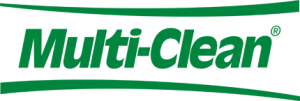


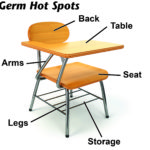
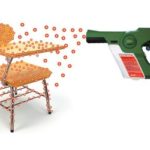
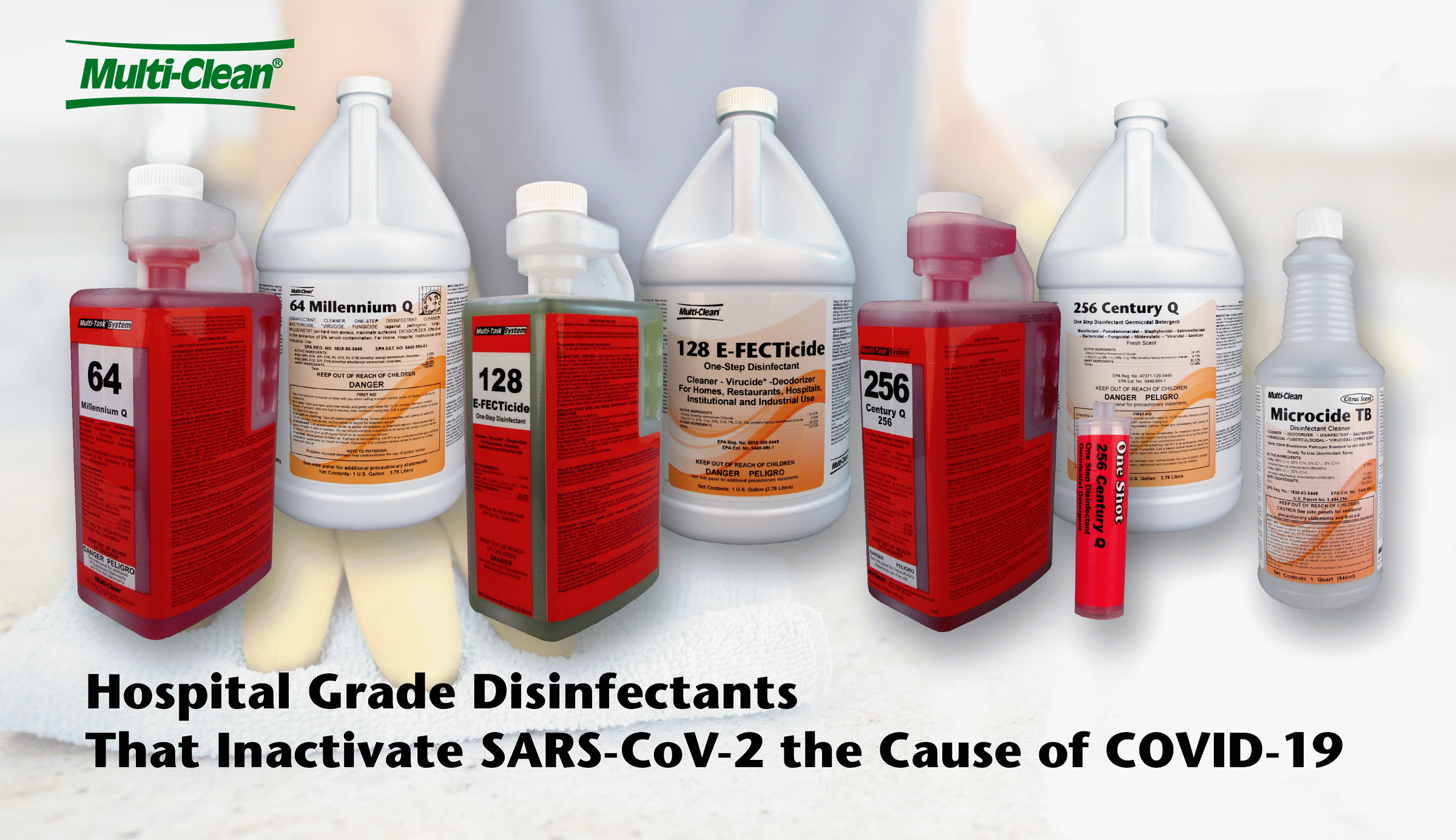
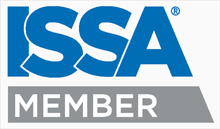
I’ll be sure to have someone disinfect all the surfaces in my house. That would keep me safe from COVID-19. Especially because a lot of people seem to forget it is a real threat.